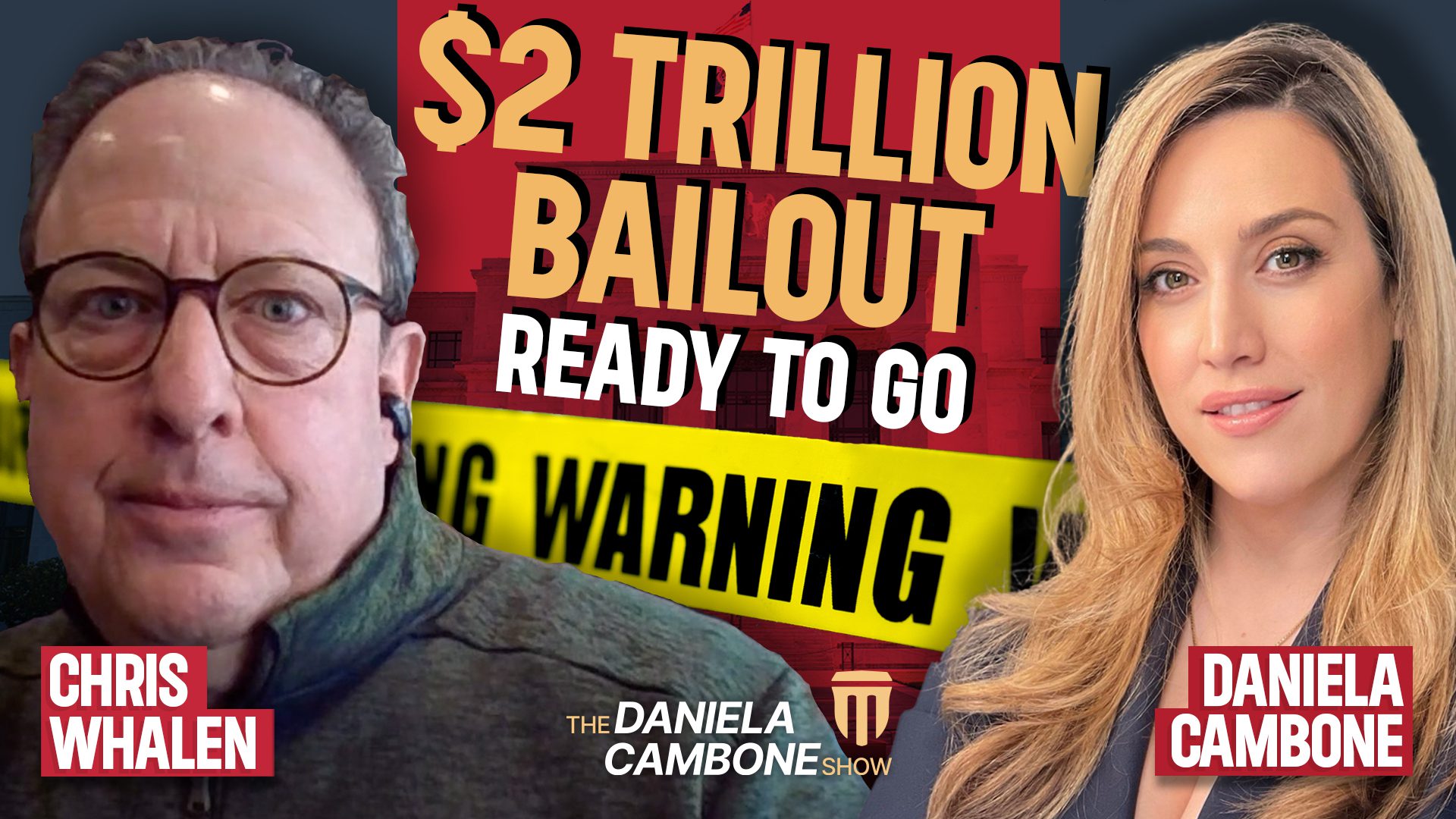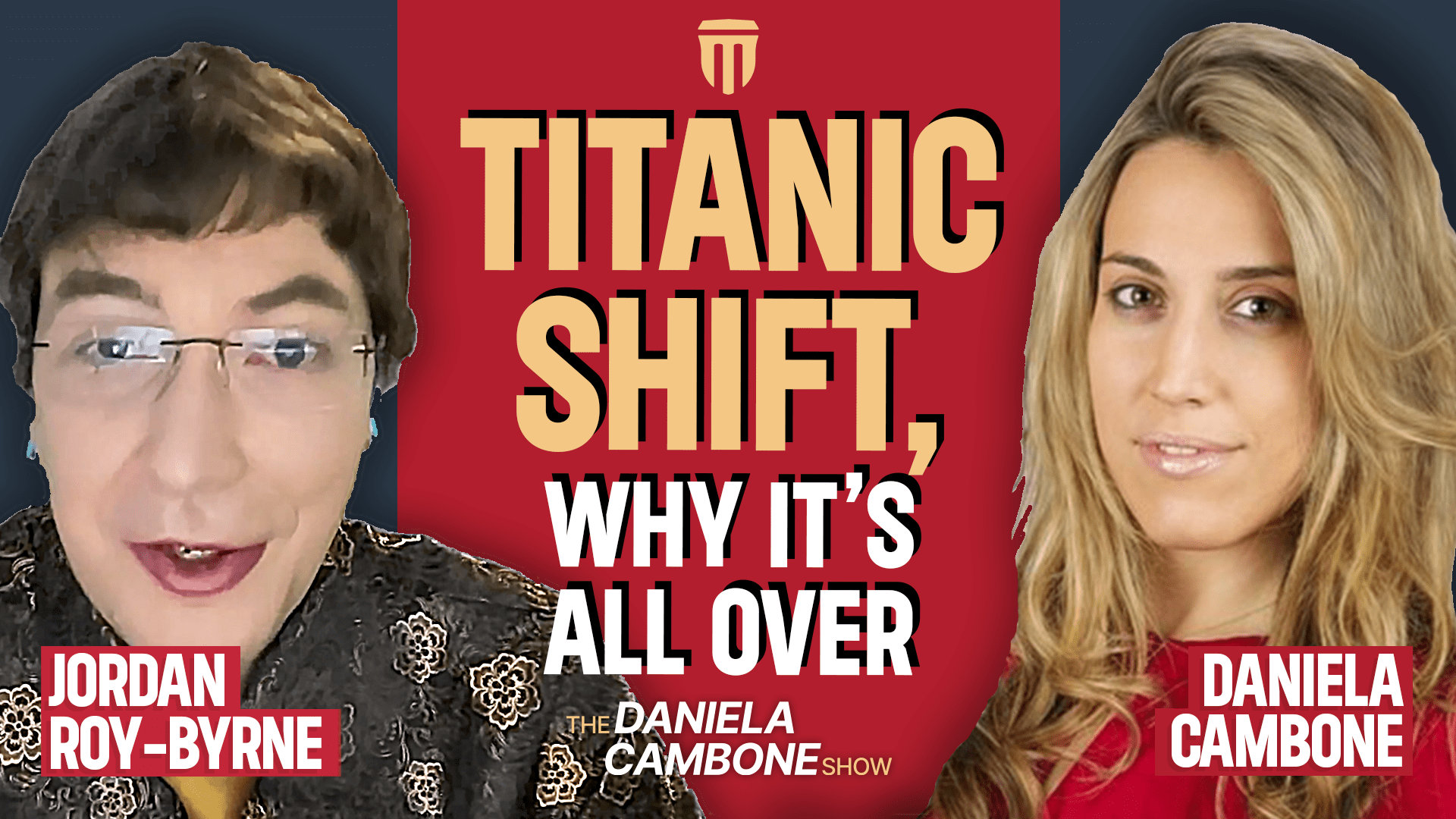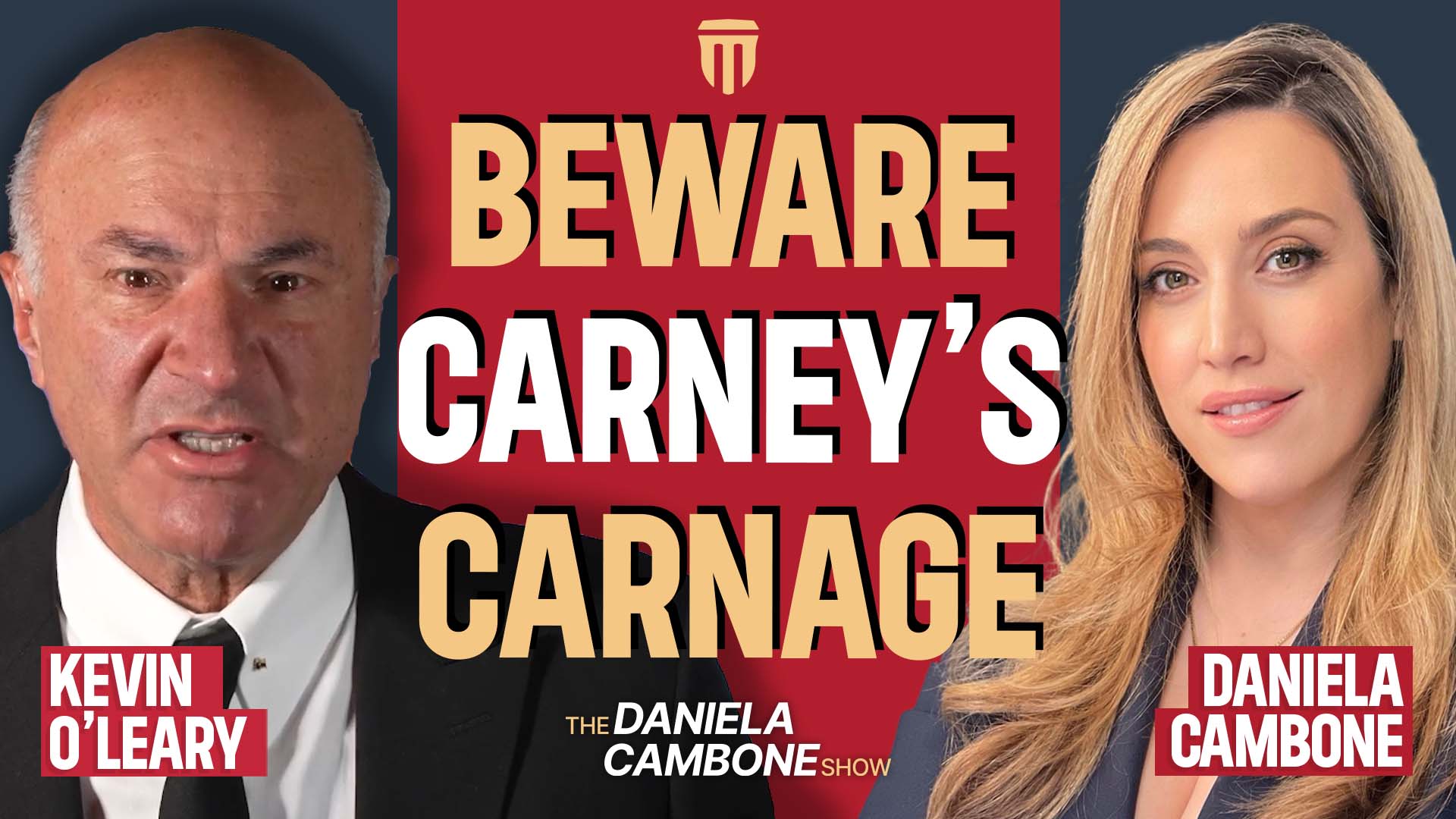What is Gold’s Spot Price

What is Gold’s Spot Price
Gold, mankind’s universal and timeless money and
store of value, is traded in many ways. The easiest and most direct way,
and the way that governs millions of transactions every day, is cash payment (bank
wire or cashiers check) followed by immediate delivery. In these transactions, the
agreed upon benchmark price is called the “spot” price. Another term
frequently used term for this type of transaction is the “cash” price.
Many major gold brokers set a minimum number of ounces for a transaction at the
spot price.
New investors sometimes mistake a futures price for the spot price. They are not
the same. A futures price is a market-generated quote for delivery of a fixed amount
of gold (frequently 100 ounces) at a specific time in the future. This price will
be higher than that moment’s spot (cash) price because 1) it must include
fees for storage and delivery of the gold, and 2) finance charges because payment
will not be made until the delivery date.
Another spot-related factor gold investors frequently neglect: transaction size.
Ten transactions of 10 ounces require a lot more time, expense, and effort on the
part of a broker than one transaction of 100 ounces. In the international world
of gold trading, size matters.
Is the Spot Price the Same as the Morning Fix?
Inexperienced investors may also hear the term “morning gold fix” or
“afternoon gold fix” and believe it is the same as the spot price. This
is not true, unless the investor is a major customer of one of the world’s
leading gold trading banks. Here’s
why:
For over 400 years, London was the center of the world’s gold trading. Major
producers and consumers made their purchases or sales there because of the market’s
great liquidity and depth. For most of that period, the leading major gold-trading
banks met twice each business day to buy and sell massive quantities of gold for
themselves and their major customers. When the banks agreed upon the price that
would allow their sellers’ volume to match their buyers’ volume, the
price was “fixed.” The early benchmark, set at 10:30 a.m. London time,
was known as the “Morning Fix.” The later price, set at 3 p.m. was known
as the “Afternoon Fix.” Dealers around the world used the most recent
“fix” (price) as their benchmark until the next official meeting of
the major bullion trading banks.
London continues as an important center of gold trading, and the twice-daily meeting
of the major banks happens twice each business day. But the “Morning Fix”
no longer sets prices until the “Afternoon Fix,” as it once did. The
“Morning Fix” and “Afternoon Fix” are more akin to a momentary
spot (cash) price. It’s good at that moment, and only for the five major banks’
most important customers, then it is immediately superceded by prices set on the
world’s futures exchanges.
London’s Big Five
Gold Trading Banks
Five banks meet twice each business day to arrive
at the “gold fix.” The current participants are:
- Deutsche Bank
- Société Généralé
- Barclays Capital
- Scotia Mocatta
- HSBC Bank USA
A Final Question
Can today’s investor buy or sell at the “Morning Fix” or the “Afternoon
Fix”?
In short, they can’t. The per ounce value set at these two trading sessions
is for purchases or sales in multiples of 400 ounces by the banks’ largest
customers. Very few investors can afford to make individual transactions of this
size, let alone make regular transactions at this value level. Most investors are
more comfortable acquiring their gold in smaller amounts.














